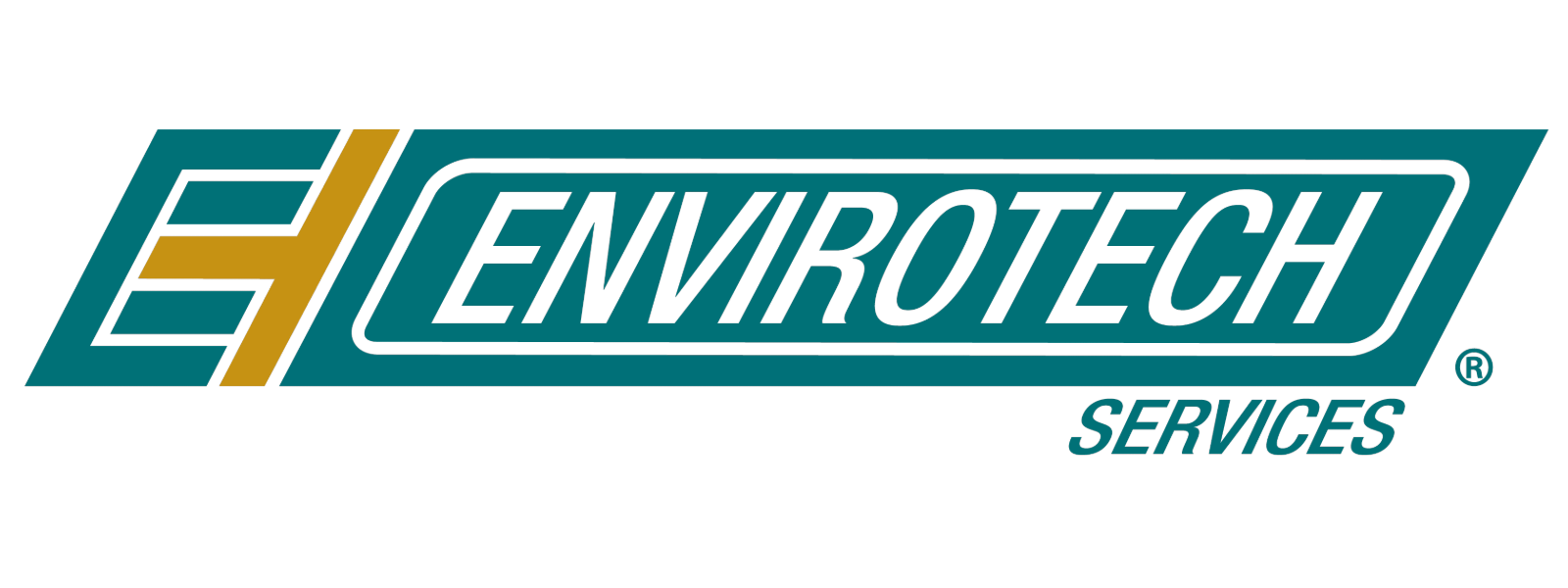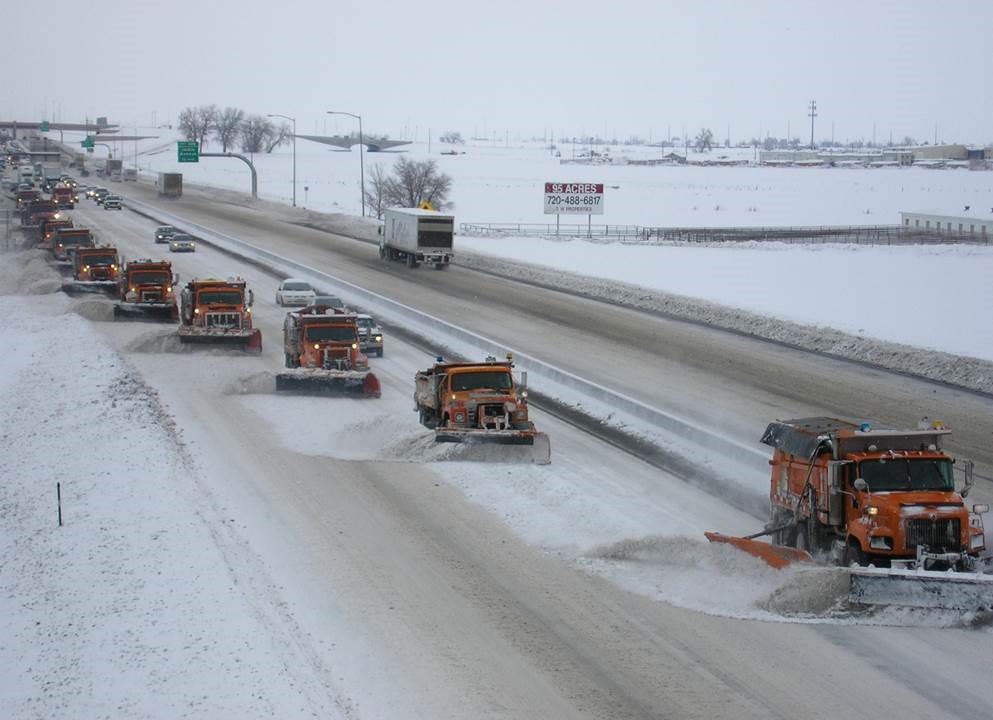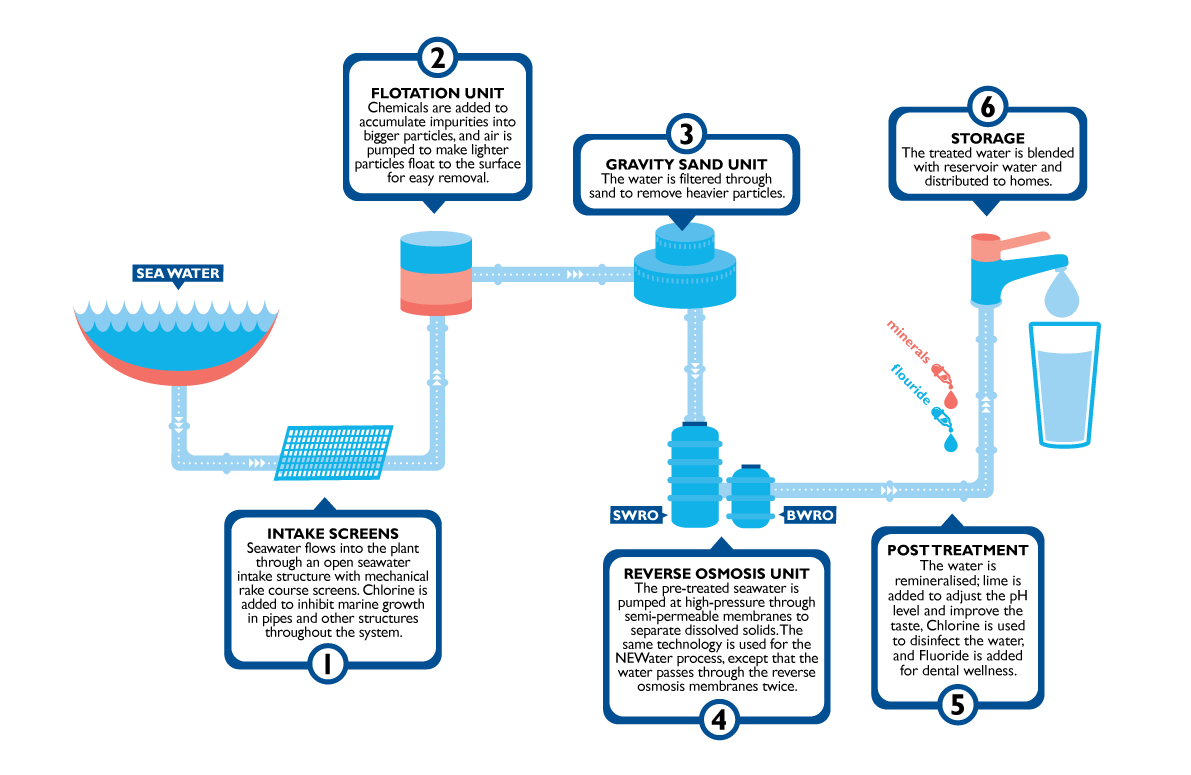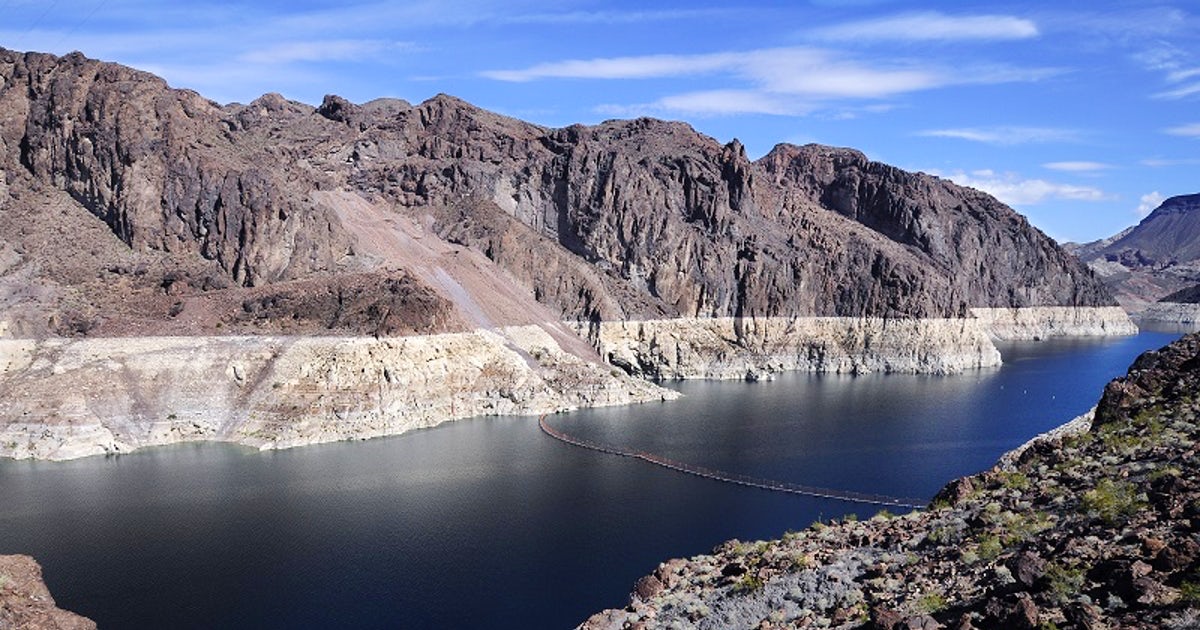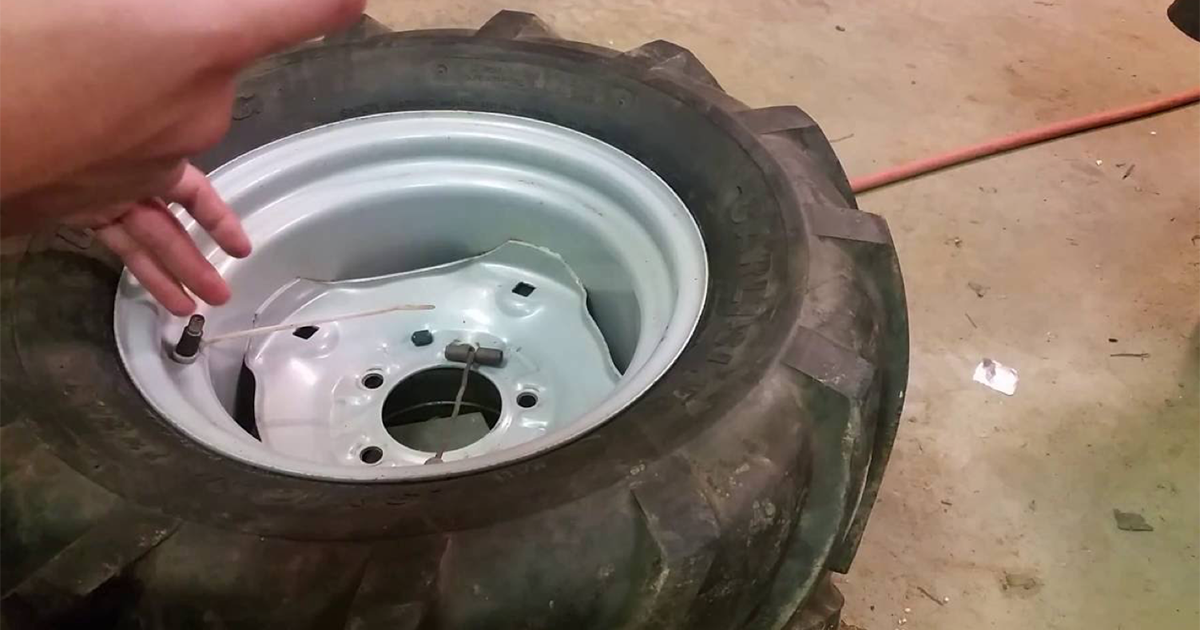
Tire ballasting is popular with farmers and many OTR vehicles as it allows vehicles to work safely, with heavier loads than normal. BallastSeal® enhances both the applicability and usability of Bio-Ballast® Liquid Tire Ballast. BallastSeal® when used in conjunction with Bio-Ballast® offers the market a unique solution. Today’s newer tubeless tires often can benefit from a sealant in the Agriculture, Industrial and Off-Road liquid tire ballast market. There are many aspects about liquid ballasting with Bio-Ballast®, in conjunction with BallastSeal®, that will help in getting the most out of your equipment investment. Ballasting with liquid in tires, such as Bio-Ballast®, has proven to pay dividends. When a lower center of gravity is achieved allowing for more confident operation when lifting and pulling. The combination of BallastSeal™ and BioBallast® helps maintain the optimum tire pressure and maximizes fuel savings. All the while minimizing the risk due to tire failure, loss of ballast, need for service calls, and enhancing the equipment efficiencies and safety.
